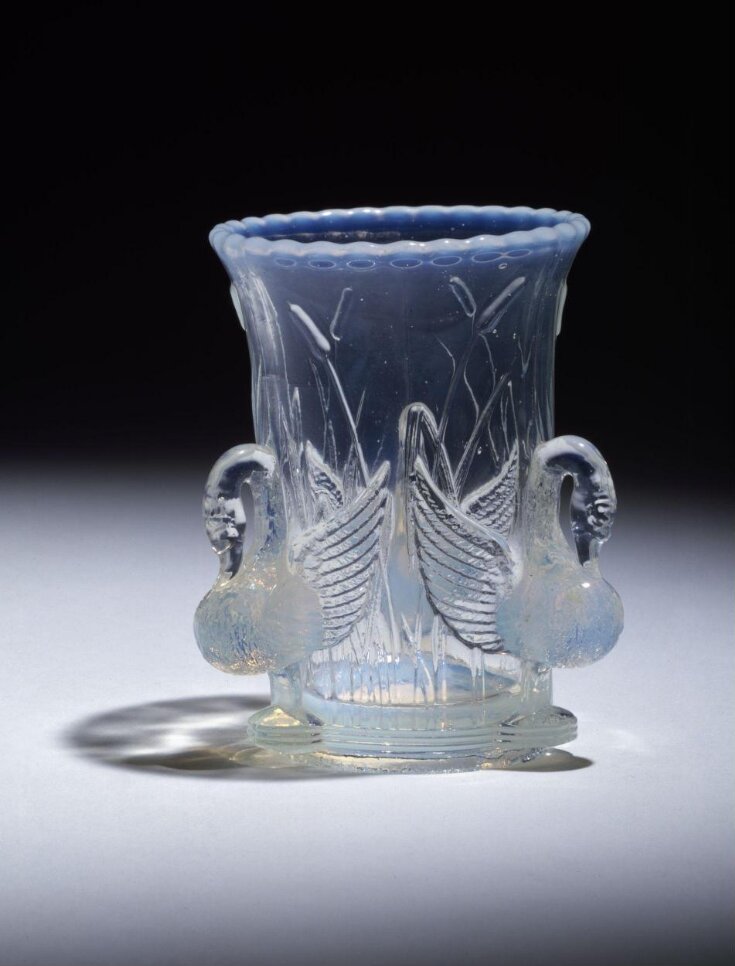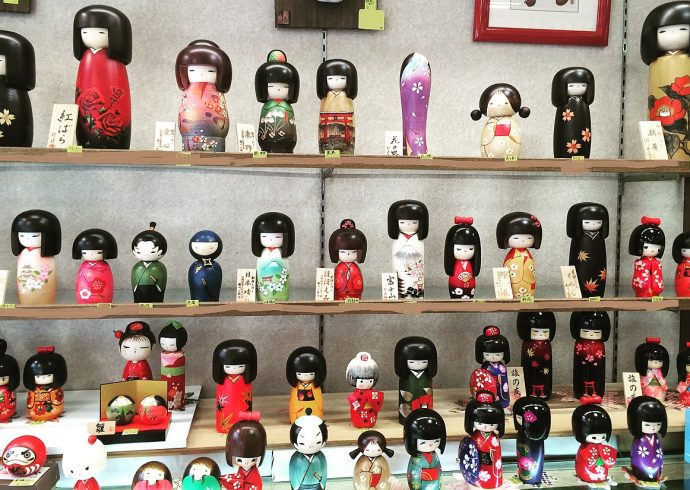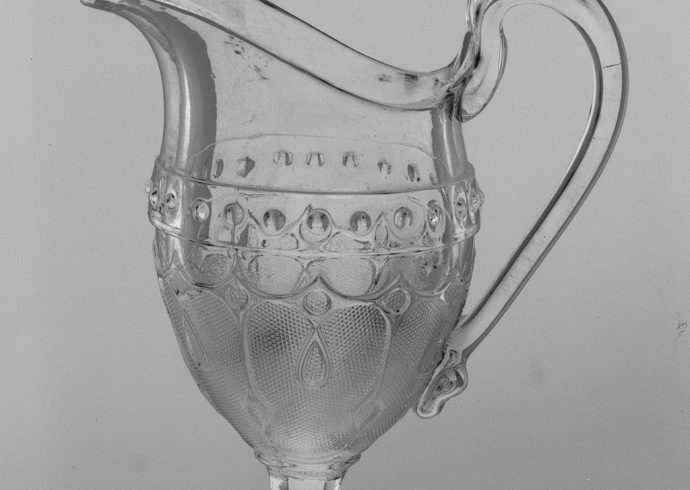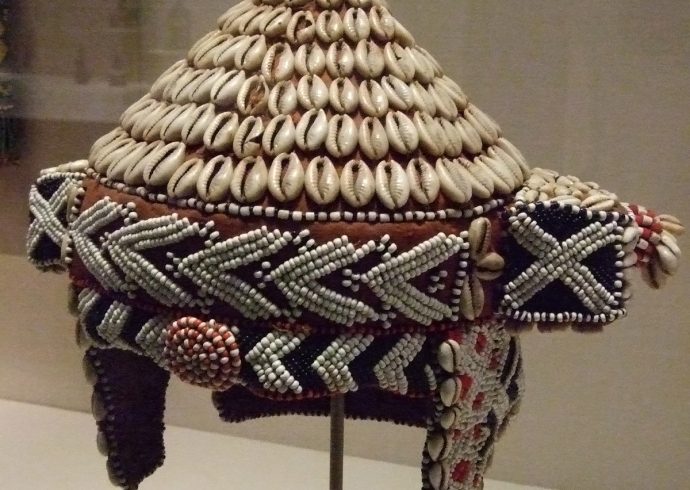
Collecting Sowerby Carnival Glass
How often is it that a collector of carnival glass will come across something truly different and unique in an antique shop, perhaps a cake stand or vase which bears two distinct glass colors? Chances are that piece was created by Sowerby’s Ellison Glass Works of England, a leading glass manufacturer of that nation since the nineteenth century.
Started by John Sowerby in 1846, the glass factory was located in northeast England in Gateshead on the River Tyne. It is this river where coal was the historic industry for the past 800 years, up through the late twentieth century. Originally called Gateshead Stamped Glass Works, the company was renamed Sowerby’s Ellison Glass Works in 1852, then directed by John’s son John George Sowerby, an artist by trade. According to the Daily Post, Clwyd, Wales dated November 14, 1992, Sowerby Ellison Glass employed over 450 people in 1865 and manufactured thirty tons of pressed glass a week. The company grew to such an extent that by 1886, Sowerby glass employed 6,000, the factory covering five acres in Gateshead, and reputedly had over 5,000 different glass mold patterns, according to an article in The Pittsburgh Post, dated January 2, 1886. Producing a wide range of pressed glass in various colors for everyday objects including plateware, Sowerby began producing carnival glass in the 1920’s, using the same molds for pressed glass dating back to the origins of the company.
Metallic salts were applied to clear, uncolored pressed glass, creating an opalescent finish which gave the glass a milky appearance. One of Sowerby’s most notable contributions to the production of carnival glass was the combining of two distinct colors to create pieces not seen before during the 1920’s. The color known as Sowerby blue is more of a rich teal blue which complemented marigold perfectly, creating a truly unique effect in carnival glass colors. Marigold and amethyst colors were also combined in many patterns, along with the rarer combination of blue and amethyst, another striking color combination. Sowerby glass chemist Percival Marson was responsible for creating the recipes for iridescence on the carnival glass pieces produced by the company. There were two primary lusters used: Sunglow, and Rainbo. Sunglow was light in color, was created specifically for the clear, uncolored pressed glass, while Rainbo, a deeper and richer luster, was used for the darker colors of glass, like blue, amethyst and green.
The hobnail design was prevalent across glass manufacturers in England and the United States during the height of carnival glass production. Wicker patterns creating a lacy, elegant pattern donned many a plate with a stand, as well as regular plates designed to behold the person viewing it. Other common pressed glass patterns used in the making of carnival glass includes: pineapples, pinwheels, flowers, hens as well as swans for covered dishes.
Once the production of carnival glass ceased, Sowerby’s Ellison Glass Works continued to manufacture glass, this time, Depression glass during the 1930’s. Art deco designs were frequently used in patterns. The company remained in business until 1957, when it was purchased by Suntex Safety Glass Industries. This time, the company produced safety glass until it closed its doors in 1972.
Easily identifiable by pattern’s trademark symbol found on the bottom of each glass piece, a peacock’s head which also happened to be the Sowerby family crest, the carnival glass manufactured by this company is collected by many who regard the bicolored pieces to be highly sought after.
Image Credit: Sowerby swan carnival glass vase, 1879. Victoria and Albert Museum.


